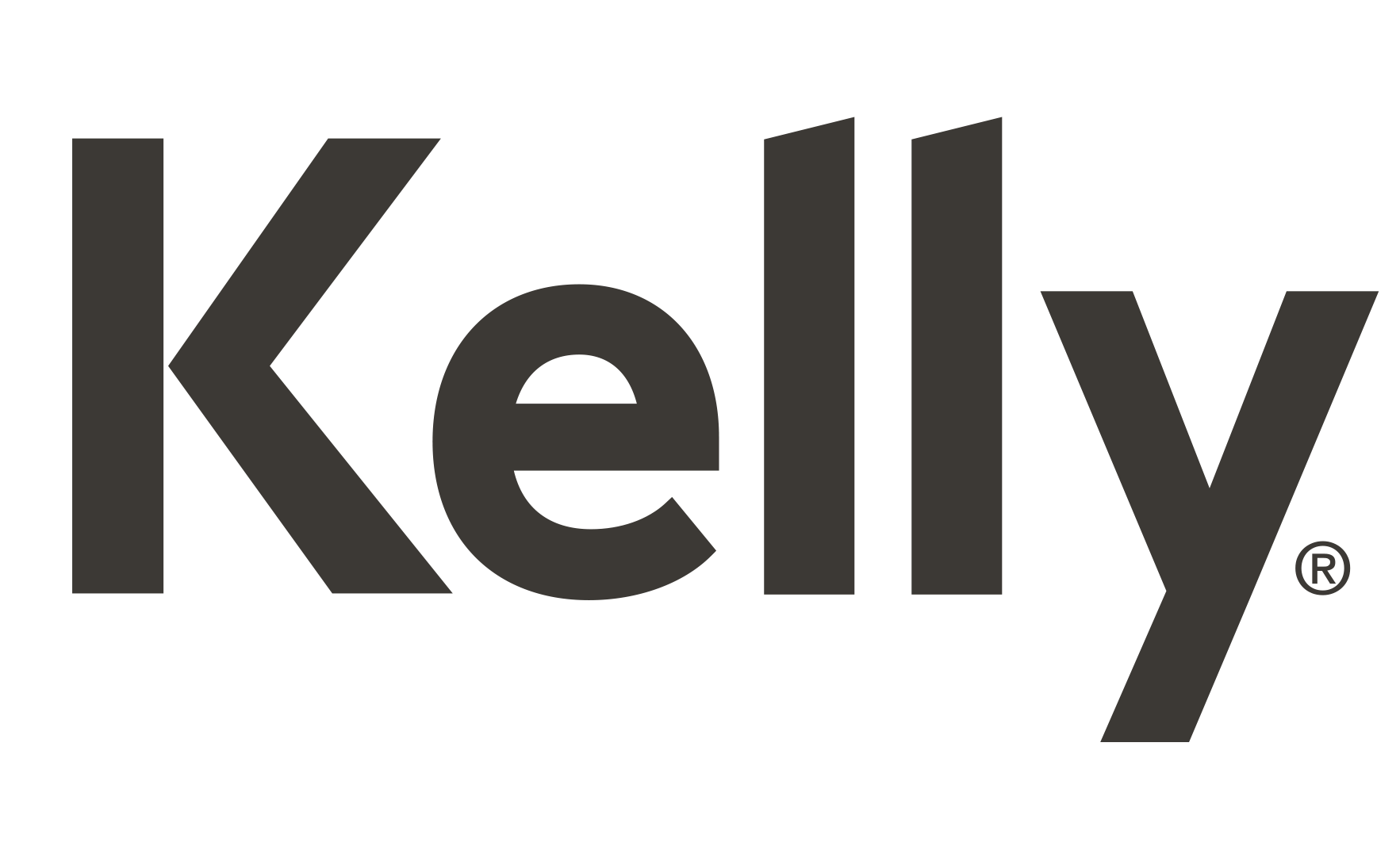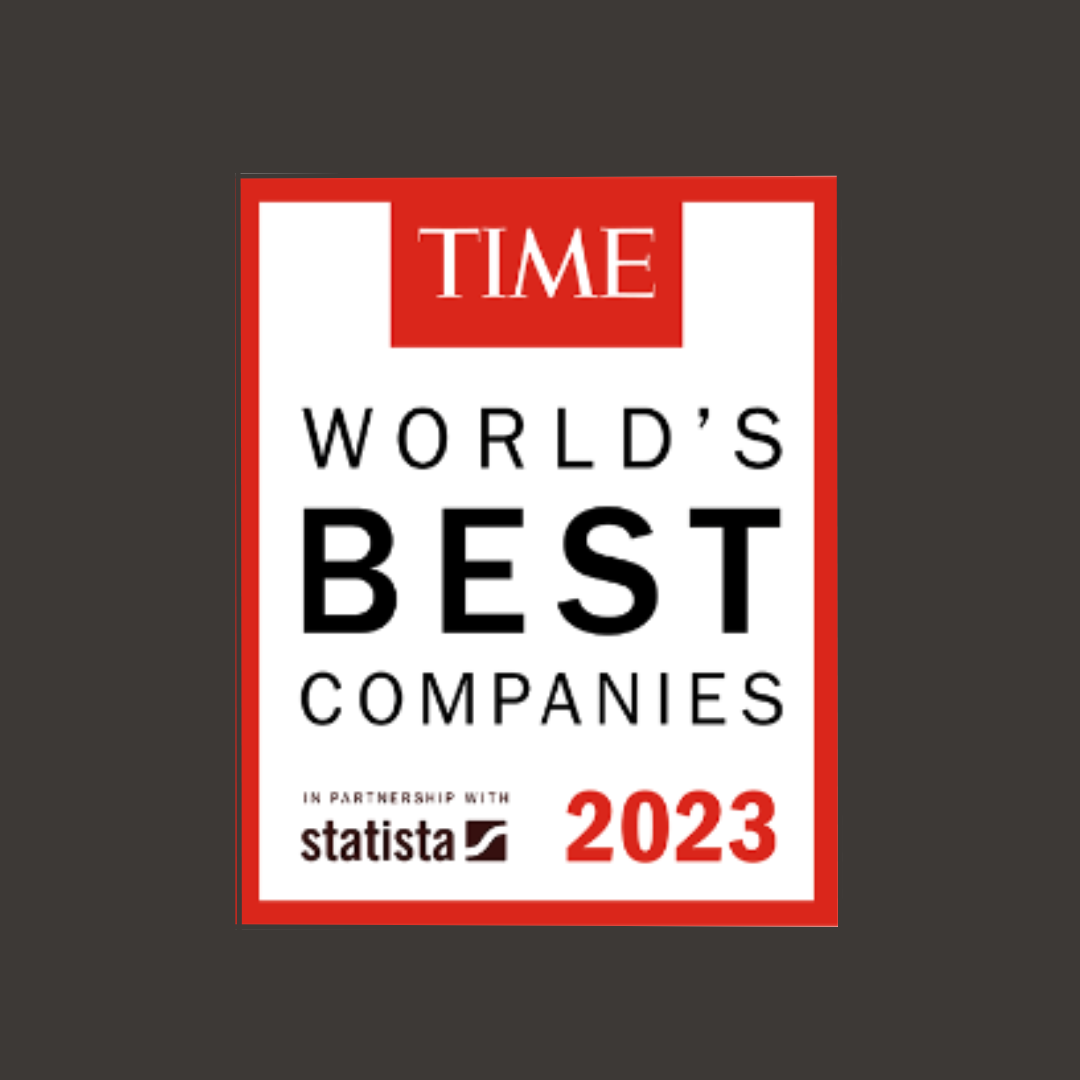
How do you lead multigenerational workforces?
Okt. 28, 2020
3 tips for leading multigenerational workforces
We look at the ways life science organisations can welcome workers of all ages.
Our life science workforces include a more diverse group of age ranges than ever before, often spanning 4 or even 5 generations. This offers leaders a great opportunity to gain unique viewpoints, develop new ideas, and understand the varying needs of customers and patients. But although multigenerational workforces come with huge benefits, it can be difficult to meet the unique needs of such a wide range of people. We take a quick look at some of the best ways to support your multigenerational workforce, below.
1. Offer Flexibility
Whether you’re dealing with a millennial who is juggling the demands of young children or a baby boomer who is in the second act of their career, flexibility is important to everyone. No one work style fits all and when you’re dealing with age-diverse groups it can cause friction to impose ways of working that can’t be adapted to individual needs. Embrace and champion flexibility, you’ll be rewarded with an engaged and more productive workforce.
2. Build Diverse Teams
The best way to drive creativity and innovation is through the creation of diverse teams, and you shouldn’t just be adding age-diversity to the mix. Gender, race, and social diversity can all help to create an atmosphere where innovation can thrive. For those developing new products and therapies, it’s essential to have diverse viewpoints that reflect the experiences of patients and consumers.
3. Avoid Stereotypes
Different generational groups may share some traits and priorities, but that doesn’t mean they are all the same. Remember to avoid stereotypes and to consider individual experiences and needs when creating processes that support and empower a truly diverse workforce.
Want to find out more about talent in life science? Read more about life science or contact our team!









